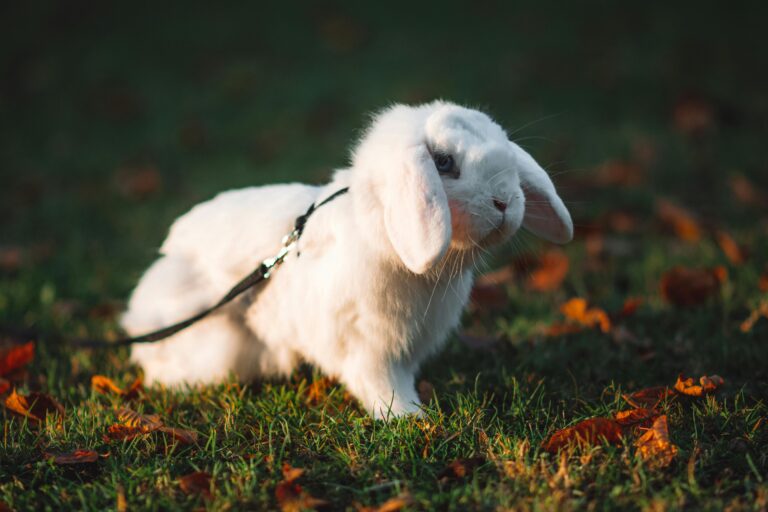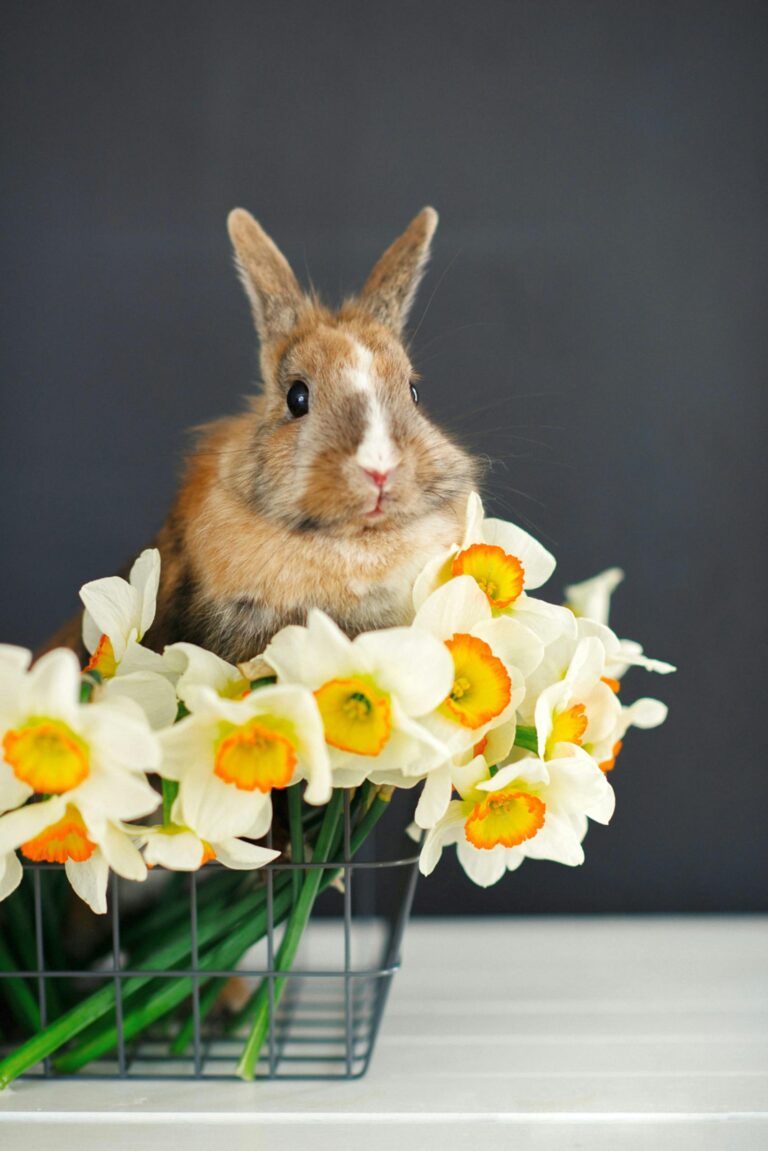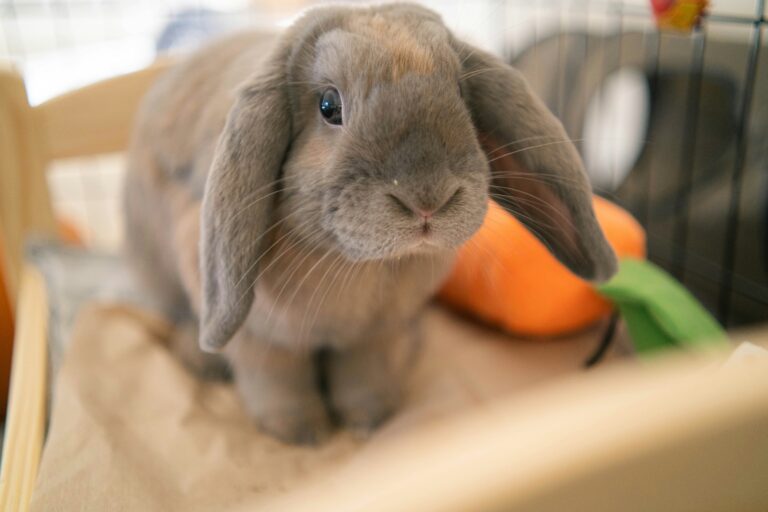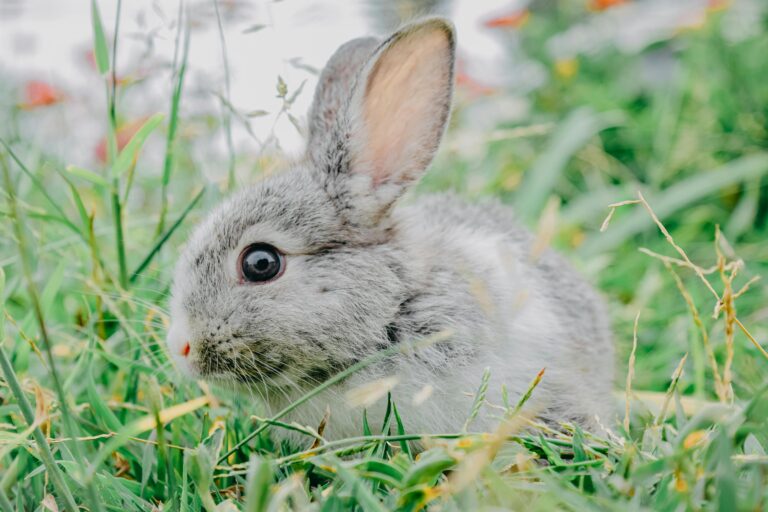How to Trim Your Rabbit’s Nails
Just like any other pet, rabbits require regular grooming to ensure their health and well-being!
Among the essential grooming tasks for rabbits is nail trimming. Overgrown nails can cause discomfort, mobility issues, and even lead to injuries. However, trimming a rabbit’s nails requires patience, care, and proper technique to avoid causing stress or injury to your furry friend. Don’t worry though, you’ve got this!
In this guide, we’ll walk you through everything you need to know about safely and effectively trimming your rabbit’s nails at home.
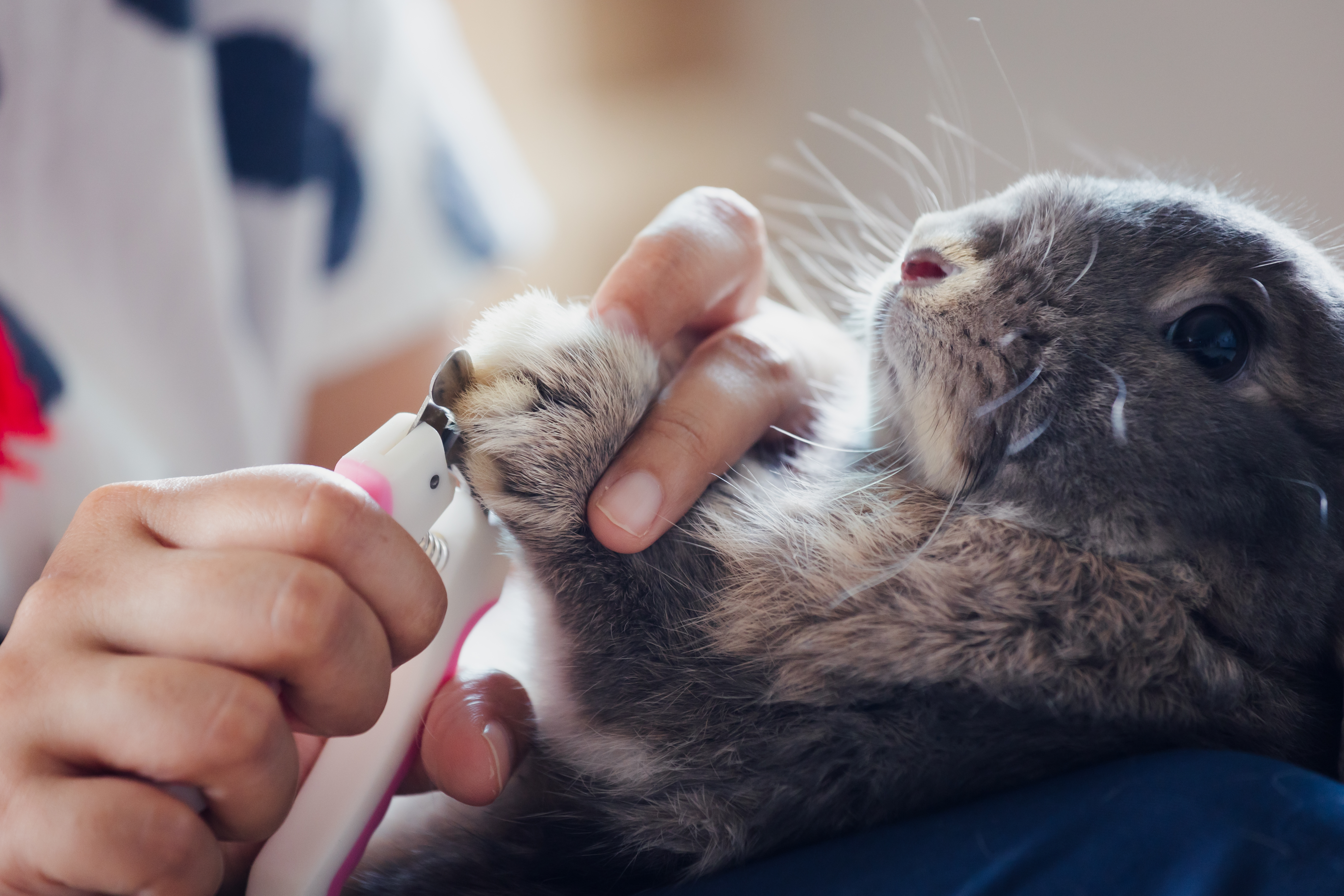
Why Trim Your Rabbit’s Nails?
Preventing Overgrowth: In the wild, rabbits naturally wear down their nails. However, in captivity, rabbits may not have the same opportunities for natural nail maintenance, leading to overgrowth.
If left unchecked, overgrown nails can cause discomfort, pain, and even injury. Regular nail trimming (at least every 2 months) helps prevent this issue and promotes healthy nail growth.
Maintaining Mobility: Overgrown nails can hinder a rabbit’s ability to move comfortably and may even lead to mobility issues. Long nails can catch on bedding or fabric, causing the rabbitto trip or become entangled.
By keeping your rabbit’s nails trimmed, you can ensure that they can move freely and explore their environment without impediment.
Preventing Injury: Long, sharp nails pose a risk not only to your rabbit but also to yourself. Rabbits with overgrown nails may inadvertently scratch or injure their owners during handling.
Additionally, sharp nails can cause damage to furniture, fabrics, and other household items. Regular nail trimming helps mitigate these risks and creates a safer environment for both you and your pet.
Promoting Comfort: Just like humans, rabbits can experience discomfort or pain if their nails are too long. Overgrown nails may press against the footpad, leading to irritation, inflammation, or even infection.
By keeping your rabbit’s nails trimmed to an appropriate length, you can help ensure their comfort and well-being.

Tools You’ll Need
Small Animal Nail Clippers: Invest in a pair of small animal nail clippers specifically designed for rabbits or guinea pigs. Avoid using human nail clippers or scissors, as they may crush or split the rabbit’s nails.
Styptic Powder or Cornstarch: In case you accidentally cut into the quick, have styptic powder or cornstarch on hand to help stop the bleeding.
Towel or Blanket: Wrapping your rabbit in a towel or blanket can help keep them calm and prevent them from squirming during the nail-trimming process.
Preparing Your Rabbit
Choose a Quiet Environment: Select a quiet, well-lit area free from distractions where you can comfortably trim your rabbit’s nails.
Familiarize Your Rabbit: Before attempting to trim your rabbit’s nails, spend some time gently handling their paws and getting them accustomed to the sensation.
Relaxation Techniques: To help your furry friend relax, consider offering them some treats or engaging in gentle petting before and during the nail-trimming session.
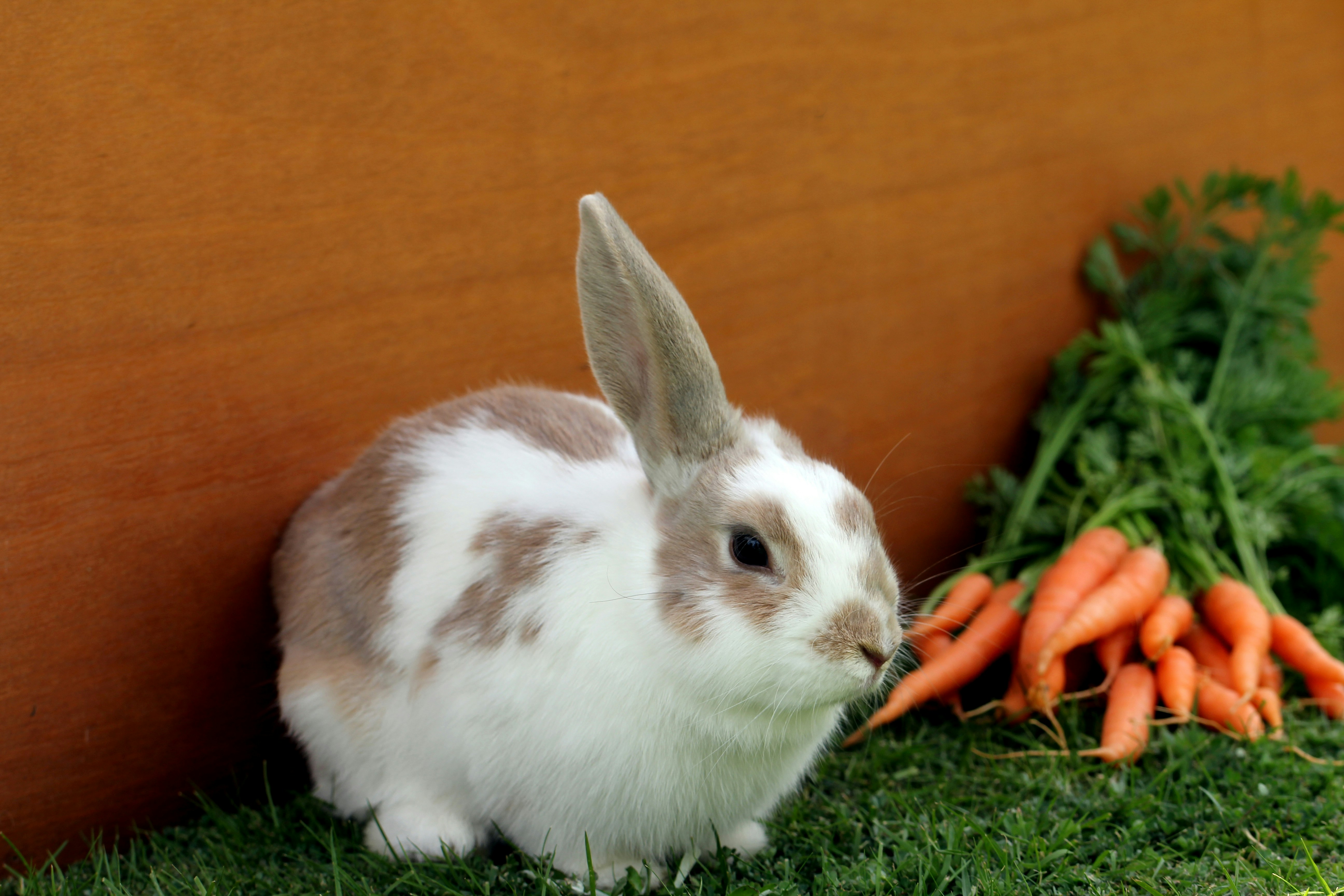
Trimming Your Rabbit’s Nails
Restrain Your Rabbit: Gently wrap your rabbit in a towel or blanket, leaving their head exposed. This will help keep them calm and prevent them from squirming.
Identify The Quick: Inspect each nail carefully to locate the quick. The quick is usually visible as a pinkish area within the nail. In light colored nails the wick is usually easy to find. It can be more difficult in dark colored nails, though.
Trim The Nails: Using the nail clippers, carefully trim the tip of each nail, taking care to avoid cutting into the quick. Trim small amounts at a time to reduce the risk of cutting too close to the quick.
Monitor Your Rabbit’s Reaction: Pay attention to your rabbit’s body language during the nail-trimming process. If they show signs of distress or discomfort, take a break and try again later.
Use Styptic Powder if Needed: If you accidentally cut into the quick and your rabbit’s nail begins to bleed, apply styptic powder or cornstarch to the affected nail to help stop the bleeding.
Post-Trimming Care
Reward Your Rabbit: After trimming their nails, be sure to praise and reward your rabbit with treats or affection to reinforce positive behavior.
Monitor for Any Signs of Discomfort: Keep an eye on your rabbit’s nails in the days following trimming for any signs of redness, swelling, or discomfort, which could indicate an injury or infection.
Schedule Regular Nail Trims: Make nail trimming a regular part of your rabbit’s grooming routine, aiming to trim their nails every 4-8 weeks to maintain optimal nail health.

Conclusion
Trimming your rabbit’s nails can seem like a daunting task at first, but with patience, practice, and the right technique, it can become a routine part of caring for your furry friend!
By understanding the anatomy of rabbit nails, preparing your rabbit properly, and using the correct tools and techniques, you can ensure a safe and stress-free nail-trimming experience.
Remember to approach the process calmly, be attentive to your rabbit’s needs, and always prioritize their comfort and well-being!


